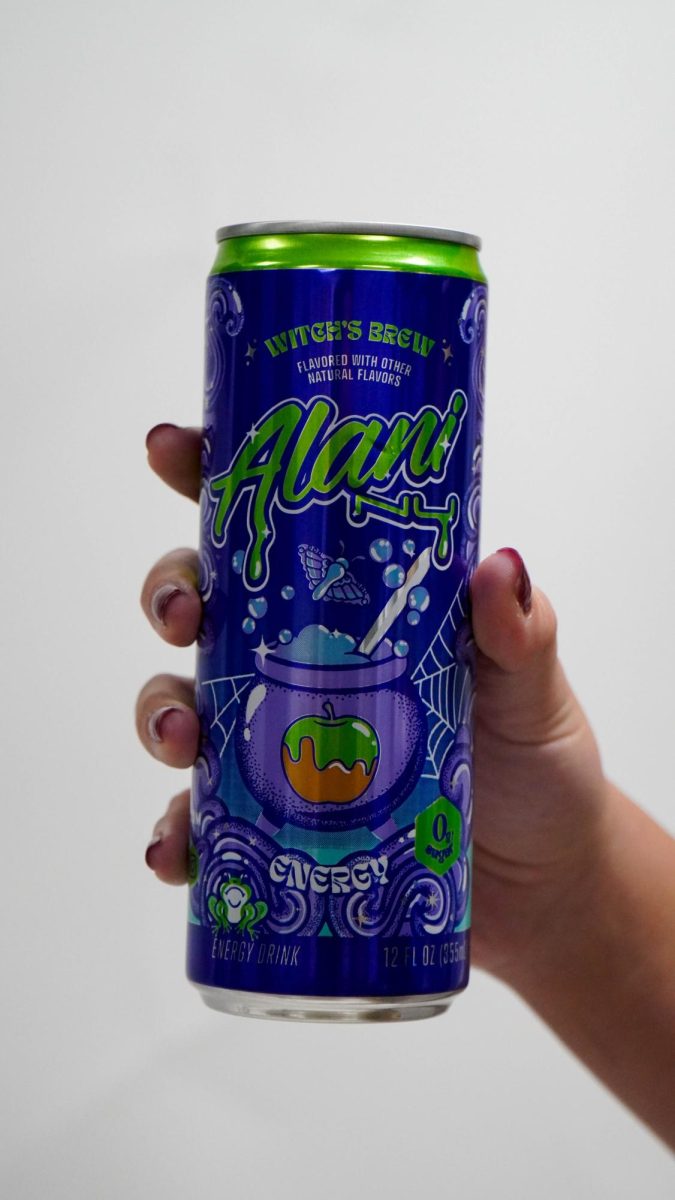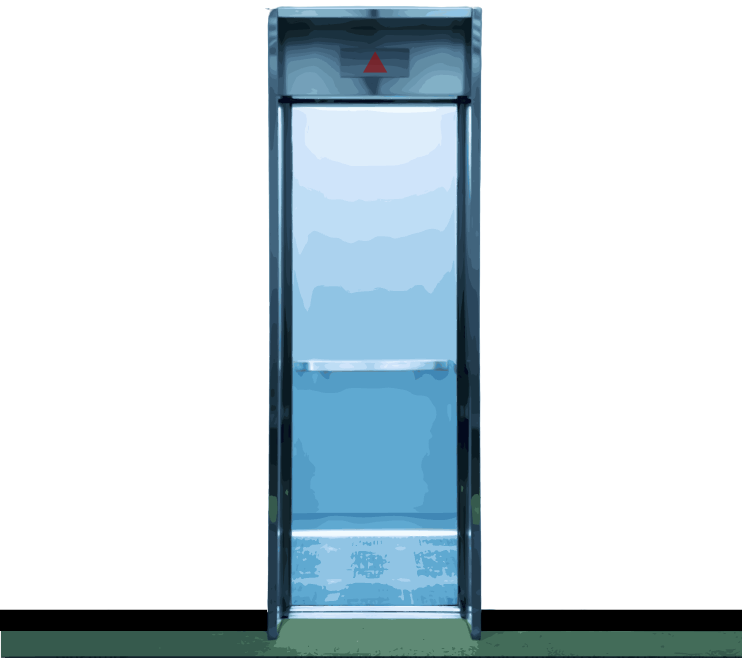Being a woman of pale complexion, I’ve always wondered about the effects of self-tanning. Are the rewards worth the risk?
Self-tanners have become extremely popular especially since too much sun is unhealthy for your skin. Society associates tan skin with attractiveness, so the pressure to be tan is high. If a natural resource, such as the sun, is bad for you in excess, then how could products full of harmful chemicals be any more safe?
Tanning Lotion
Tanning lotion is easier than other self-tanners since it can be applied at home. There are different types of tanning lotions all with different results. Bronzers are a popular tanning lotion since they darken your skin promptly. However, bronzers can streak when exposed to water and in multiple cases, the bronzer will turn the applicant’s skin orange.
“Well, my tanning experience was quite the hot mess,” said sophomore Nicole Oney. “I thought the lotion would make me look like a bronzed goddess, but it instead made me look like a flaming cheeto. Not to mention, the lotion streaked all over. It didn’t look too cute in my opinion. All I wanted was a nice golden glow, but instead I turned into an oompa loompa.”
Spray Tanning
Spray tanning is a less safe option of self-tanners because it contains a dangerous chemical known as dihydroxy-acetone. If this chemical is inhaled, it can damage your lungs.
It has been proved to cause genetic mutations which can lead to lung cancer if inhaled frequently. In order to receive a spray tan, you must go into a boutique. Spray tans have also been known to streak easily.
Tanning Beds
Tanning beds are considered to be the most harmful form of self-tanners since they have been known to mutate skin cells causing skin cancer.
Skincancer.org states that the usage of a tanning bed before age thirty-five has been proven to greatly increase risk for skin cancer.
The UV rays that are used in tanning beds can age your skin by causing it to wrinkle, and sun spots can develop.The cheapest way to tan is to sit outside and let the sun take care of it, but that is harmful to your skin.
Sunlight in small amounts is healthy for you because it provides you with Vitamin D, which fights off cell deformities. However, excessive UV rays are harmful to your skin. Most people consider being tan attractive, yet a tan displays that damage has been done to your skin. Overall, paler skin is healthier since it has not been damaged by the sun.
“My opinion on self tanners and tanning beds is that nine times out of ten they make your skin look orange and fake,” said Junior Caroline Carney. “Looking tan may seem like a great idea, but in the end, it’s easiest just to accept the skin you were born with!”
A sunburn is caused by overexposure to UV rays, and almost everyone has had one. When you get a sunburn, your skin cells are killed.
According to SkinCancer.org, “One blistering sunburn in childhood or adolscence more than doubles a person’s chances of developing melanoma later in life.” Sunburns can cause DNA damage which can lead to skin cancer.
Living in the Sunshine State doesn’t help anyone trying to prevent a sunburn. Sunscreen is the obvious choice for sun protection. The higher the SPF label, the more protection you will receive from harmful UV rays. When the sunscreen is applied to your skin, it acts as a barrier to block out sun UV rays for a short time. Dr. Anne Chapas, the Medical Director for Union Square Laser Dermatology, states that everyone should wear a sunscreen of SPF 30 every day because people can be burned in as little as fifteen minutes out in the sun.
Skin cancer is the most common type of cancer that is found in the United States.
Protecting yourself from harmful UV rays is essential because your skin can be harmed immediately, and taking the right precautions is necessary for your health.














